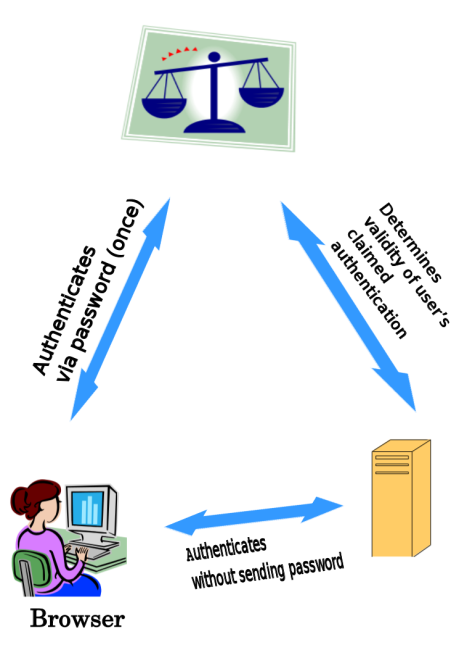History of CAS
Yale University originally created an open standards to integrate with many applications and systems called as Central Authentication Service. It is an authentication system with single sign on service and is an open and well-documented protocol. The protocol includes a client web browser, a web application requesting authentication (of the CAS consumer) and a CAS server (or the CAS service provider). CAS has client libraries for an array of languages and platforms like Java, .Net, PHP, Perl, Apache, uPortal, and others, integrates with uPortal, BlueSocket, TikiWiki, Mule, Liferay, Moodle and others.
A pictorial view of how CAS works
How does a service provider enable CAS on a site?
First we need to register the site with a CAS service. Next, we need to understand the API calls and procedure for interacting with the CAS service from our site. Then, the CAS client is configured, specifying the portion of the site to be CAS-protected.
CAS allows multi-tier authentication via proxy address. Hence it allows a webmail client and a webmail server to implement CAS. The worldwide adoption of CAS has proved itself to a trusted intermediary for different organisations.



One reply on “Central Authentication System: CAS”
Can we integrate the CAS with an Authorization system?